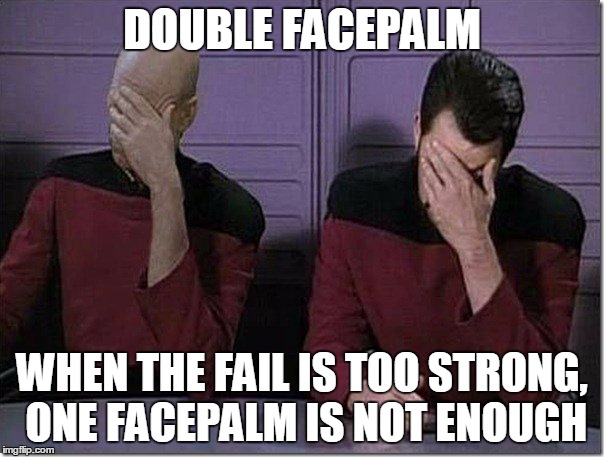The land beneath our feet means so much more than the majority of people could even guess. It influences so many aspects of the life which lives upon it; governing everything which comes into contact with it. We do indeed belong to the land.
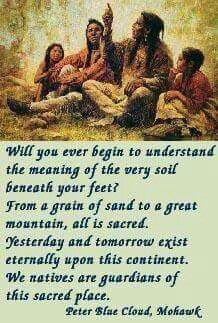
Just as with the land that Peter Blue Cloud was talking about; OUR land is also sacred, ALL land is sacred.
Just as he was talking about the indigenous tribes of America being the guardians of their sacred space. WE are the guardians of OUR own sacred spaces. ALL peoples are guardians of the sacred spaces on which they stand.
It seems strange to have to use ‘quotes’ from the indigenous tribes of America when talking about the lands of the British Archipelago. However their wisdom is more ‘available’ than our own; a factor which feeds into the current climate of ‘cultural appropriation’.
People are hungry for this type of wisdom and sources from the British Archipelago are hard to find. Let’s try to rectify that.
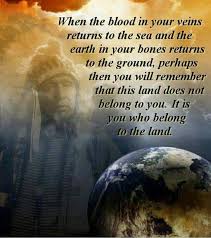
Earth System
For millennia, humans have speculated how the physical and living elements on the surface of the Earth combine, with gods and goddesses frequently posited to embody specific elements.
The notion that the Earth itself is alive was a regular theme of Greek philosophy and religion. In the mid-1960s, James Lovelock first postulated a regulatory role for the biosphere in feedback mechanisms within the Earth system.
When this fully developed it became the Gaia hypothesis. It took until the 1980’s for science to ‘officially’ realise that the planet that we live on is indeed a whole, living, dynamic system which promotes the diversity of life. This has now become Earth Systems Science.
GDPR Compliant
We do indeed live on an amazingly beautiful, stunningly complex, living, breathing Earth. Made up of systems within systems, wheels within wheels. Systems that cannot be separated out from each other because they all interact and feed each other. It is all related and each is just a part of the living whole. Damage one part of one of this integral systems and you damage the WHOLE.
The Earth really is greater than the sum of its parts.
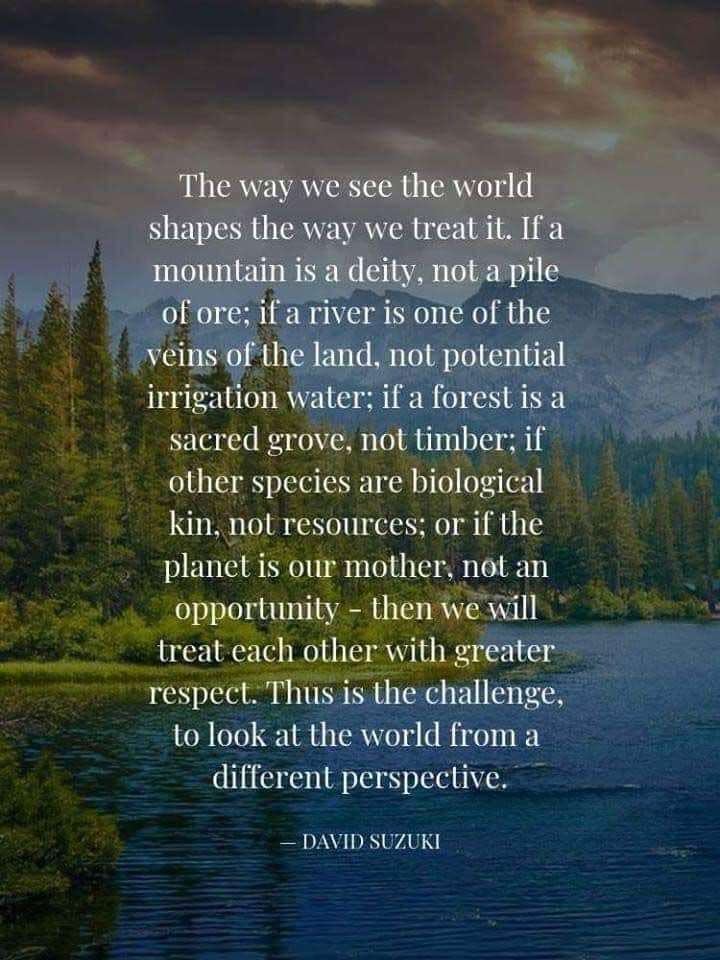
Care of the Land
The Earth is our home (the only one that we have). We need to look after Her especially if we want to ensure that Her environment remains one that can support US.
The Earth has always gone through changes, She always will. From Ice-ages through to the Paleocene-Eocene thermal maximum; when the global temperature 55 million years ago, rose by 6 degrees Celsius and caused major ecosystem changes and the extinction of many organisms.
The Earth’s climate is unstable and even minor changes to the energy balance causes large changes in climate. This then results in enormous damage to ecosystems (and human societies across the world).
We cannot ‘stop’ changes from happening but we should do everything possible to reduce the scale of Man-kinds detrimental effect. As people who ‘Revere the Earth’ we have a huge responsibility to lead by example. We need to become true ‘GUARDIANS’ of the land beneath our feet.
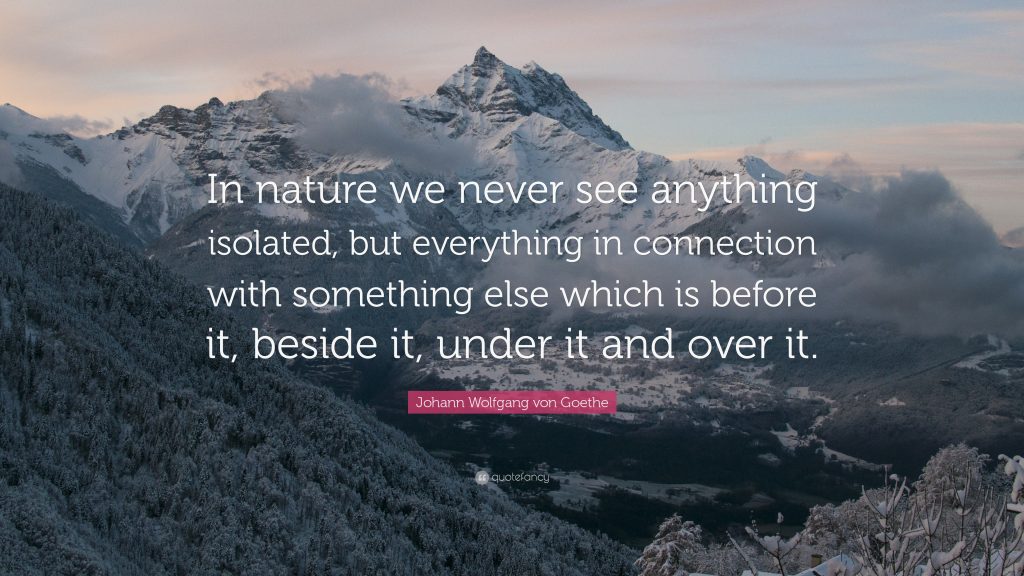
The Role of the Land
The land (the solid Earth herself) is the foundation upon which the whole entire system rests, it is the reservoir of raw materials for the rest of the system. It also records its own past in the geologic record, so becomes an archive of ancient conditions. If you follow all the links it builds into a sound basic knowledge of the diversity of the Land Beneath Our Feet.
The formation of the Earth Herself is so extremely complex that another complete web-site would be needed just to cover just this alone. To try to simplify this (impossible), links to further information are included for those that wish to go deeper. The rocks that form the Earth’s surface are one of three main types
- Igneous – crystallised deep in the Earth from molten magma
- Sedimentary – deposited in layers
- Metamorphic – one of the previous two changed by great heat or pressure.
The rocks that form the crust of the Earth (the part on which we walk) are not one complete, continuous, solid mass. They are arranged in very large ‘plates’ which are constantly moving, this is called continental drift.
Earthquakes and Volcanoes occur where these plates collide. This is also where mountains are built and where the plates pull apart rift valleys and trenches are formed. This process is known as plate tectonics. These processes; including rock structure, movement and weather, create many, many different landforms – this is the geology and geography of our landscapes.
Throw into this mixture soil formation or erosion, the fauna & flora (animals & plants) of an area in relation to its climate, creating distinct communities called Fresh Water Biomes and you can start to see the sheer diversity of the ‘Land Beneath Our Feet’.
Each unique set of circumstances also creates a unique set of energies dependent upon the molecular structures of the component parts (all of the above) of that location. When all of this mingles together, it creates a unique ‘energy soup’. So, the energy of the land varies greatly from location to location, sometimes within a few miles. From the world-view of The Old Ways this cannot be taken from a purely physical point of view. The energy within the molecular structures of ‘all that is’ is alive, it is living, it is sacred, this is animism at its molecular level.
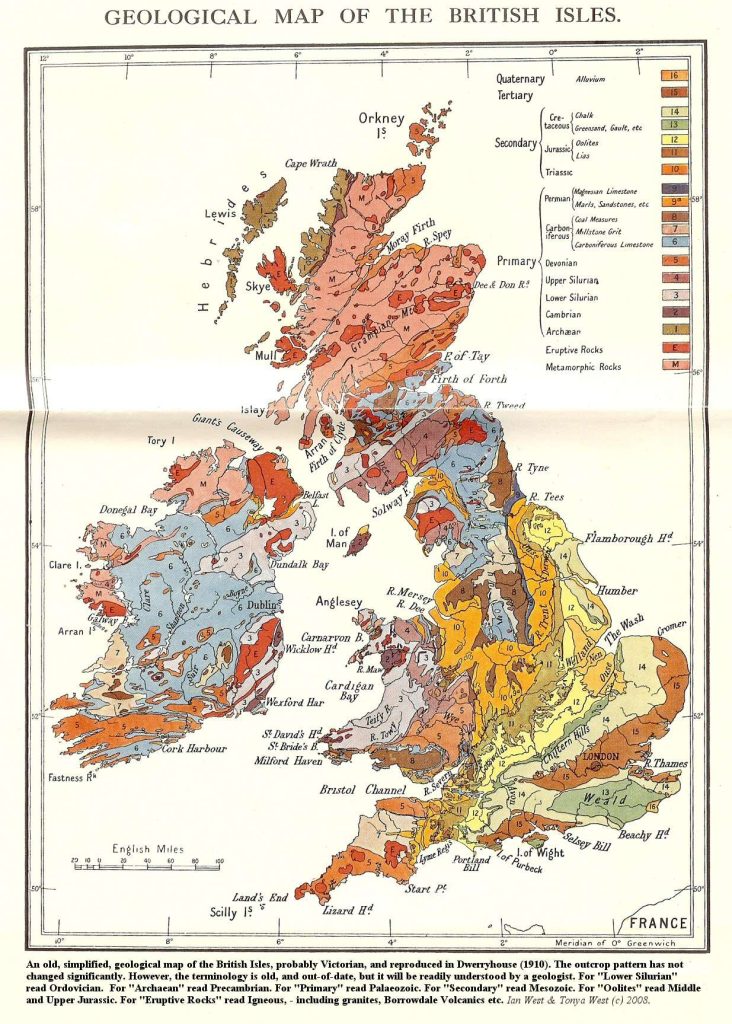
The Land Beneath Our Feet – Cultural Geography
“Cultural geography is the study of cultural products and norms and their variations across and relations to spaces and places. It focuses on describing and analyzing the ways language, religion, economy, government and other cultural phenomena vary or remain constant, from one place to another and on explaining how humans function spatially.” Wikipedia
Put simply ‘Cultural Geography’ is the term used to describe the effects that landscape and places have on human lives. Except there is nothing simple about it, this is the entirety of landscape in a particular location and the effect that it creates on the entirety of human existence in that place (everything – all of it). To see how far reaching this is check out the 20 subcategories and 65 pages through the Wikipedia link above.
“Given that Britain has, for its size, one of the richest and most diverse sets of geological features of any country in the world” (Contemporary Britain by John McCormick p37), created by the diversity of our landscapes, it can be easily seen why we have one of the most diverse set of cultural identities.
Landscape and place not only exert these influences on the human life of an area. Within the animistic world view the life-force energy flows through everything and, as it flows through landscape and place it is influenced by the features that if flows through, creating a unique ‘Spirit of Place’.
A view that is very often heard expressed by the perpetrators of cultural appropriation is that, ‘it doesn’t make any difference what you work with it is all the same, isn’t it? NO IT ISN’T
If anyone you know is having trouble grasping this concept tell them to think in terms of tap water, when they turn on their tap, water comes out, yes? Good they are still on the same page there then.
What does their tap water taste like (apart from water)? Is it ‘hard’ or ‘soft’ water? The reason tap water tastes differently in different areas is down to the geology at the source of the water and to the geology of the land that it flows through to reach their tap.
Water takes on properties from the land through which it flows, it absorbs minerals and chemicals from the land as it goes – but that doesn’t make any difference does it? – after all it is all just water, isn’t it?
